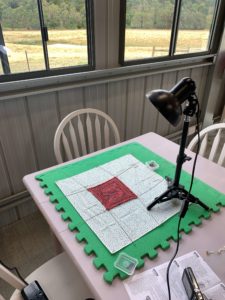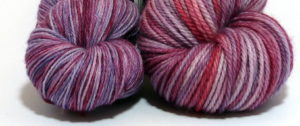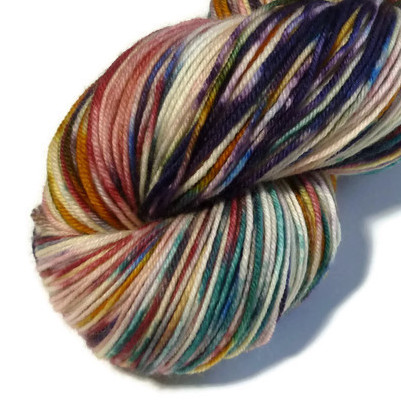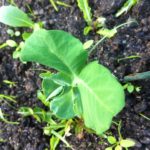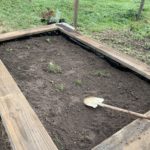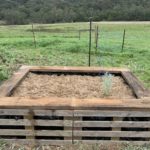I am not one to set new years resolutions, I don’t like the idea of an arbitrary date that becomes the centre for all habits, activities and goals. It feels like a failure waiting to happen, not only are there so many external factors that can influence our successes (a global pandemic being a prime example of this) but also we are constantly changing, growing and developing. A resolution set on the first day of the year can quickly become redundant or irrelevant.
Instead, at the end of each year, I like to take some time to reflect on what I’ve achieved and the good things that happened, so that I can to build on the good and make improvements for the future. I think that by looking back at the year with gratitude and pride for what I’ve been able to accomplish puts the year into perspective and stops it from just flying by in a bit of a blur, instead it’s a way to take stock, pause and appreciate achievements both big and small.
2020 was definitely a challenge! Strange because it has been a universally shared challenge, yet we all have our own version and variation of what it was like and what it meant to us.
I found it a very exhausting year. Despite being locked down for much of it and not able to go out or socialise it was mentally tiring. The thought of COVID was always there in the back of my mind, and made even the shortest and normally most mundane trip to the local shops quite the excursion. There were times of isolation, uncertainty, and anxiety but there was also a lot of laughter, excitement and new experiences, quiet meditation and farm work.
Overall my 2020 was good, positive even. I took control of the things that I could control, and tried to keep my focus by writing lists and keeping a daily routine. I tried not to get too bogged down in the news and social media. Being on the farm may have made this easier as most of the time I was able to live in my own small bubble, go for long walks without a mask on and have the space and quiet whenever I wanted it.
As a family we created a routine to make the weekends feel different and special. Bigger sit down breakfasts, spending time together outside working on the farm and different evening activities like board games, dancing, movies, lego competitions, and dress ups.
I feel like I was able to achieve a lot in 2020.
Farm Life:
With us all home we got a lot done! From fencing and new animal enclosures to pulling weeds away from the old well and the dairy shed and fixing the doors on the old green shed. We improved the garden with planter boxes for our veggies and planting trees. But the biggest thing was the completion of our new shed and installation of 2 huge water tanks.
Business Life:
I concentrated on improving and updating my website – important when online shopping became an even bigger part of everyone’s lives. I put together a learn to knit kit, designed a scarf pattern and released my Bunch of Flowers mini skein sets.
I was able to set up my office, craft space and dyeing workshop in the shed. An area that I am now really happy and comfortable with.
I also spent a lot of time planning and brainstorming for the future, using many of the resources for small business that were on offer online over the months of lockdown.
Creative Life:
Highlights were finishing three blankets (two knit & I crochet), knitting at least 8 pairs of socks and many dishcloths (I forgot to record many of these in Ravelry, I need to get better at that!), knit 2 cowls (including using my own hand spun for the first time), and 2 beanies. When I look back I’m actually surprised at the lack of craft that I finished. Much more time was spent on the shed and on farm work.
Overall:
2020 has been a memorable one! Certainly not what I expected at the beginning of the year. The COVID-19 pandemic has changed everyday life. I think there will be some long lasting impacts, while other parts of life will go back to “normal”. From here I want to build on the positive things, on the hard work I have put into the farm and my business and continue to knit, crochet & spin.






